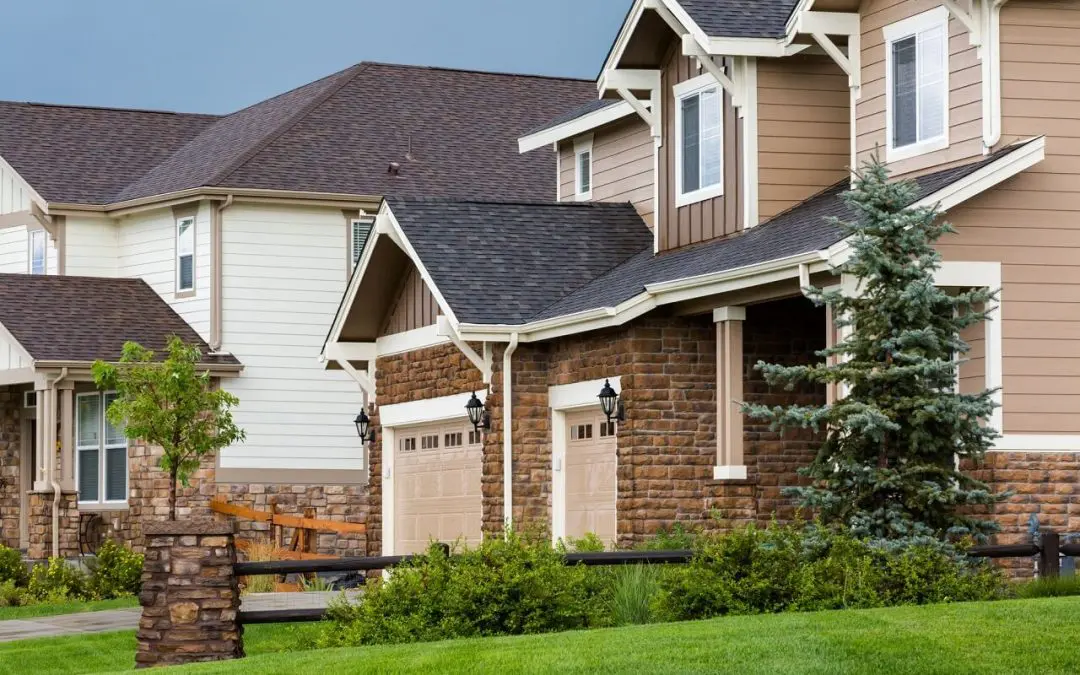Siding is an excellent way of adding definition and color to your house. It is also the home’s first line of defense against the elements. There are many types of home siding materials to help you create the best look for your property. Aesthetics are important, however, you should also consider the material’s ability to resist water, its ease of installation, and it’s durability.
1. Vinyl as a Home Siding Materials Option
Its low cost and versatility have made vinyl siding a popular type of home siding materials. Some designers and homeowners do not like the look of vinyl siding, but the various styles and colors have overshadowed this weakness.
Pros
- Vinyl is cost effective compared to other home siding materials.
- Vinyl is versatile to the extent that you can even install it over existing materials.
- Since vinyl is easy to handle, it is easy to install, which reduces labor costs considerably.
- Modern vinyl siding is available in various colors and textures. You will find siding that mimics stone, wood shingles, even wood-grain.
Cons
- Although it is widely known as a low-maintenance type of home siding material, vinyl siding is prone to grime and mold that builds up on the surface.
- Vinyl also susceptible to weather damage that requires repairs.
- The standard panel length is 12-feet long, which causes overlapping. Getting the extra-long panels costs about 30 percent more than the regular siding panels.
2. Fiber-Cement Siding
If you want a type of home siding material that looks like wood, stucco, or masonry but you are on a fixed budget, consider fiber-cement siding. This material is made from a mixture of cement, clay, sand, and pulp.
Pros
- It is low-maintenance.
- Fiber-cement siding is easy to paint.
- This siding is available in several attractive finishes.
- It is termite and fire resistant.
- Holds up to extreme weather.
Cons
- Due to its bulky nature, fiber-cement siding requires specialized installation that often escalates the costs.
3. Brick Veneer
Brick veneer siding is made from fired clay and comes in a variety of textures and sizes. Having been used for hundreds of years, brick siding has stood the test of time.
Pros
- It offers impressive durability.
- Brick veneer has great aesthetic appeal.
- It requires minimal maintenance.
- Resistant to mold, rot, and fire.
Cons
- It is relatively expensive.
- Color options are limited.
4. Wood Options for Home Siding Materials
Wooden siding is commonly used on bungalows, cottage, and Cape Cod exteriors. If appropriately maintained, wood siding can be very durable.
Pros
- It is easy to cut, shape, and to install.
- There are many wood grades to consider such as batten, shingles, and clapboards.
Cons
- Quality wood grade is relatively expensive.
- It is prone to termites, rot, and woodpeckers.
- Wood, as a type of home siding material, is high maintenance.
5. Stucco Siding
Conventional stucco is made from Portland cement, sand, water, and lime. Galvanized-metal screening and a waterproof barrier are applied to the walls before installing stucco to protect the wall beneath it. Although stucco can be applied on stone and brick homes, the look is most suited for Spanish, ranch, and Mediterranean-style exteriors.
Pros
- It is valued for its superior aesthetics and durability.
- With proper maintenance, it can last a lifetime.
- The coating prevents chipping and cracking.
Cons
- Since it requires three layers, the cost of stucco siding is relatively expensive.
- It is not ideal in wet climates.
Many things influence a home’s curb appeal, and one of them is the exterior siding. Siding affects the home’s architecture and appearance in many ways. Opt for home siding materials that best suit your style and your property.
Reveal360 Inspection Services provides home inspection services to Northern Colorado. Contact us to schedule an appointment.

